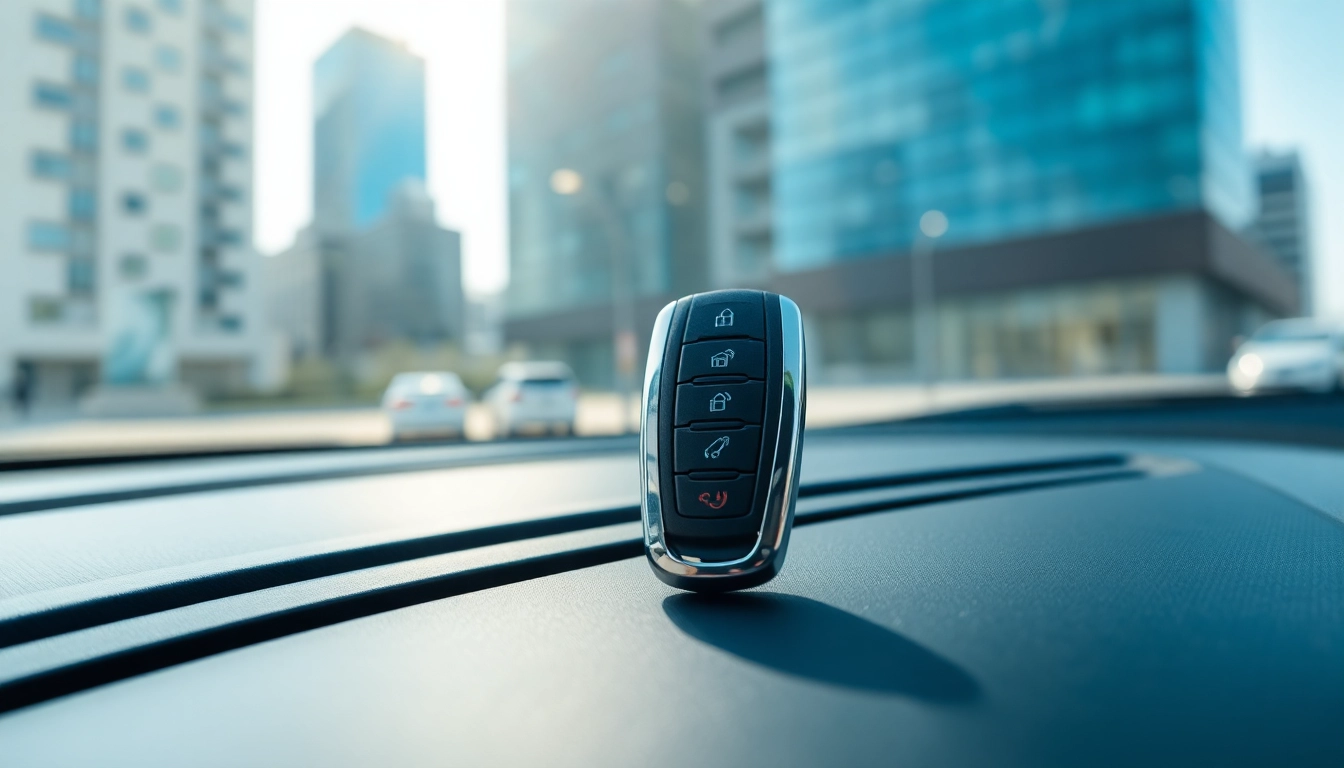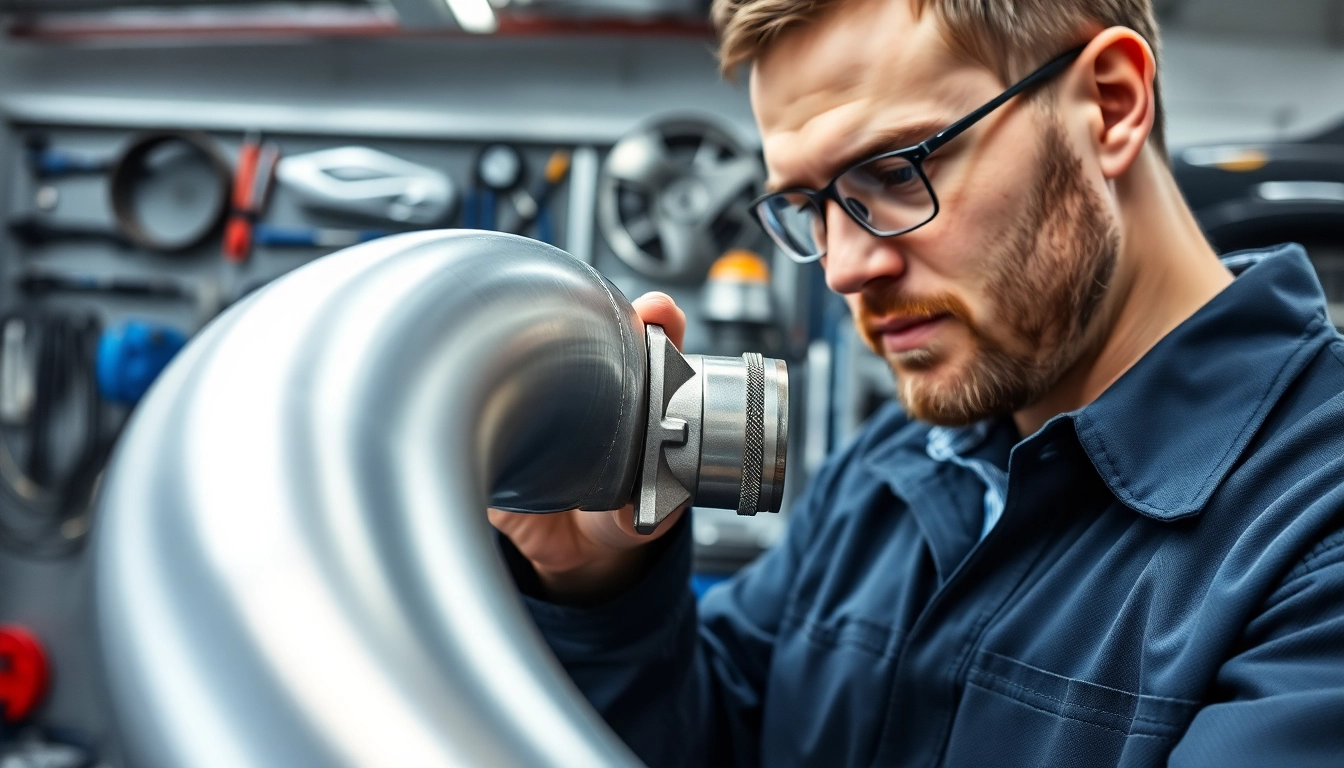What is Part Exchange?
Defining Part Exchange in Automotive Transactions
The concept of part exchange is prevalent in various fields, particularly in automotive transactions. In simple terms, part exchange allows a customer to trade in an existing vehicle as part of the payment for a new one. This arrangement not only simplifies the purchasing process but also provides a seamless way for individuals to upgrade their vehicles without the hassle of selling their old cars privately. In essence, when someone opts for a part exchange, they are utilizing the value of their current vehicle to reduce the overall cost of a new purchase.
How Part Exchange Works
The process of part exchange typically begins at a dealership where the customer intends to buy a new car. The customer will provide information about their existing vehicle, including its make, model, year, mileage, and overall condition. The dealer then evaluates the vehicle, often using a standardized appraisal process, to determine its trade-in value.
This trade-in value is then applied as a credit towards the purchase of a new vehicle. For example, if the new car costs £20,000 and the part exchange value of the old car is assessed at £5,000, the customer would only need to finance £15,000 for the new vehicle. The transaction is relatively straightforward, allowing buyers to drive away in their new car while leaving their old one behind.
Benefits of Participating in a Part Exchange
Part exchange transactions present numerous advantages for car buyers. Here are some compelling benefits:
- Simplified Process: Part exchanges streamline the buying process by eliminating the need to sell the old vehicle separately. Customers can avoid the time-consuming task of listing their car for sale and negotiating with buyers.
- Instant Value: The dealer provides an instant assessment of the vehicle’s value, which can be used immediately towards the new purchase.
- Less Hassle: Selling a car privately often involves preparing the vehicle, meeting potential buyers, and handling payments. Part exchanging significantly reduces this hassle.
- Tax Benefits: In some regions, buyers may also have tax advantages when trading in a vehicle, as they only pay sales tax on the difference between the new car and the part exchange value of the old car.
Evaluating Your Vehicle for Part Exchange
Determining Your Car’s Value
Knowing your vehicle’s worth is critical before entering a part exchange deal. Various online tools are available for estimating the value of your car based on its age, mileage, and condition. Websites such as Glass’s Guide, Parker’s, or Autotrader can provide approximate valuations.
However, it’s important to remember that the value provided online is not a definitive figure. Factors such as the vehicle’s service history, repairs, and market demand can also influence the final trade-in value offered by the dealer.
Preparing Your Vehicle for Evaluation
To ensure you receive the best possible value for your vehicle during a part exchange, consider the following preparation tips:
- Cleanliness: A clean vehicle creates a strong first impression. Ensure both the exterior and interior are spotless before the appraisal.
- Maintenance Records: Organizing service records, receipts, and any documentation can demonstrate that the car has been well taken care of. This can lead to a higher trade-in valuation.
- Minor Repairs: Addressing small issues like scratches, dents, or minor mechanical problems can significantly impact perceived value.
- Documentation: Ensure you have all necessary documents in order, including the logbook, service history, and any remaining warranty certificates.
Common Mistakes to Avoid in Vehicle Appraisal
There are several pitfalls to avoid when undergoing a vehicle appraisal for part exchange. Here are key mistakes to be mindful of:
- Overestimating Value: It’s common for owners to value their car higher than it is worth. Be realistic about your expectations to avoid disappointment.
- Ignoring Market Trends: Not considering current market conditions can lead to an undervaluation. Researching similar vehicle sales in your vicinity can provide clarity on fair pricing.
- Neglecting Preparation: Failing to clean and prepare the vehicle adequately can lead to a lower appraisal as first impressions are crucial.
- Not Shopping Around: Accepting the first offer without exploring other dealerships can result in leaving money on the table. Always compare valuations.
Choosing the Right Dealership for Part Exchange
Researching Local Dealerships
Choosing the right dealership can significantly impact the part exchange experience. Before making a decision, consider conducting thorough research. Start by reading online reviews, checking ratings on platforms like Google, and asking friends or family for recommendations. Finding a dealer known for fair valuations and exceptional customer service can make a world of difference in the part exchange process.
Comparing Offers from Multiple Dealerships
One of the cornerstone strategies for maximizing your part exchange value is to obtain assessments from multiple dealerships. It’s wise to approach several dealers and have your vehicle appraised. Take down the values offered and use this information strategically during negotiations. If one dealer provides a significantly better offer, you may be able to use it as leverage when speaking with others.
Understanding Dealer Incentives and Promotions
Dealerships often have promotional events or sales strategies designed to draw in customers. These promotions may include higher trade-in values for certain types of vehicles or financing deals that can further reduce the cost of a new purchase. Being aware of these programs can provide additional financial benefits and enhance the overall value you receive from the part exchange.
The Step-by-Step Part Exchange Process
Initiating the Part Exchange Process
The initiation of the part exchange process usually begins with expressing your interest to the dealership. Upon entering the dealership or contacting them online, inform the sales representative that you have a vehicle to exchange. They will guide you through their specific process, which typically involves filling out a questionnaire that gathers information about your vehicle.
Completing Necessary Paperwork
Once your vehicle has been appraised and a deal has been agreed upon, there will be paperwork to complete. This includes transferring ownership of the old vehicle and finalizing the purchase agreement for the new vehicle. Ensure that all paperwork is thoroughly reviewed before signing, and take note of any fees or promotional terms associated with the part exchange.
Finalizing the Deal and Taking Delivery
The final step in the part exchange process involves confirming the terms of the deal, making any necessary payments, and exchanging keys for your new vehicle. Before driving away, take the time to inspect the new car and ensure that all features are functioning as expected. It’s crucial to verify that everything promised at the time of purchase is present and correct.
Maximizing Value in Your Part Exchange
Negotiating Your Trade-In Offer
Effective negotiation is an essential component of achieving a favorable part exchange offer. Armed with knowledge about your vehicle’s value and having compared multiple dealerships, approach the negotiation table with confidence. Make sure to articulate any unique selling points of your vehicle, such as low mileage, service history, and condition, to justify your desired valuation.
Timing Your Part Exchange for Better Value
The timing of your part exchange can also play a significant role in the value you receive. Ideally, you want to part exchange when market demand is high. Different times of the year, such as tax season or during the spring months when people tend to buy cars, can yield better trade-in values. Understanding trends in the automotive market can help you identify the best times to make your move.
Final Tips for a Successful Part Exchange Experience
To wrap up your part exchange journey successfully, consider these final tips:
- Do Your Homework: The more informed you are about your vehicle’s value and the dealer’s offerings, the better equipped you will be to negotiate.
- Be Patient: Take your time to explore several options rather than rushing into a decision. Good deals take time to find.
- Stay Open-Minded: If the first dealership you approach offers a lower value than expected, don’t be discouraged. Explore other options and negotiate assertively.
- Be Prepared to Walk Away: Sometimes the best negotiating tactic is being willing to walk away. A dealer may be more willing to improve their offer if they think they might lose your business.



